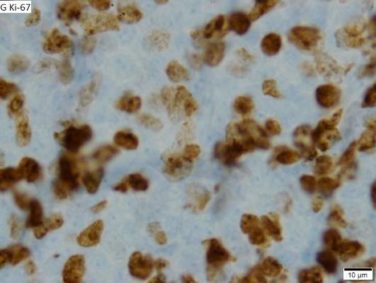FROM INFECTION CONTROL & HOSPITAL EPIDEMIOLOGY
A contaminated hematopoietic stem cell (HSC) graft caused a clinically significant infection in a 15-year-old transplant recipient with B-cell acute lymphoblastic leukemia (B-ALL) , according to a letter to the editor published in Infection Control & Hospital Epidemiology.
Strains of Staphylococcus aureus found in isolates from the HSC graft and the patient were confirmed to be identical using pulsed-field gel electrophoresis, the authors, led by Zachary I. Willis, MD, MPH, of the department of pediatrics at the University of North Carolina at Chapel Hill, said.
“While multiple reports have found that low-grade bacterial contamination of HSC products is rarely consequential, our patient’s experience demonstrated that clinically significant infections may occur,” Dr. Willis and his colleagues wrote in the case report .
When less virulent organisms are found in HSC grafts, close observation may be warranted, the investigators said; however, a more aggressive approach might be considered when more virulent organisms are found.
“In such a case, we suggest obtaining blood cultures and considering preemptive antibiotics as guided by the identity and susceptibility of the contaminating organism,” the investigators wrote.
Dr. Willis and his colleagues reported the case of a 15-year-old boy with hypodiploid B-ALL who achieved complete remission after treatment and then underwent a 10/10 HLA allele–matched unrelated donor hematopoietic cell transplant.
The patient developed a fever of 38.3 º C with tachycardia but no other sepsis signs approximately 24 hours after the transplant. Soon afterward, the care team was informed that there was a single colony each of Micrococcus and S. aureus in the culture of the HSC product. Methicillin susceptibility was later confirmed.Antibiotic treatment was changed accordingly, and as of 117 days post transplant, the patient was “doing well with no evidence of further infectious complications,” the investigators said.
Bacterial contamination of HSC grafts is relatively common, with reported rates ranging from 1% to 45%. However, the clinical significance of the contamination has been unclear. Moreover, contamination is not an absolute contraindication to infusion, as options for the patient are limited after a myeloablative preparative regimen.
There are some previous case reports also identifying infections caused by contaminated grafts, but in those cases, the evidence linking the graft to the infection was based solely on finding identical species, while in the present report, the graft and patient isolates were confirmed to be identical using pulsed-field gel electrophoresis.
The investigators reported having no outside funding and no financial disclosures.
hematologynews@frontlinemedcom.com
SOURCE: Willis Z et al, Infect Control Hosp Epidemiol. 2018 Jan 23. doi: 10.1017/ice.2017.285 .




